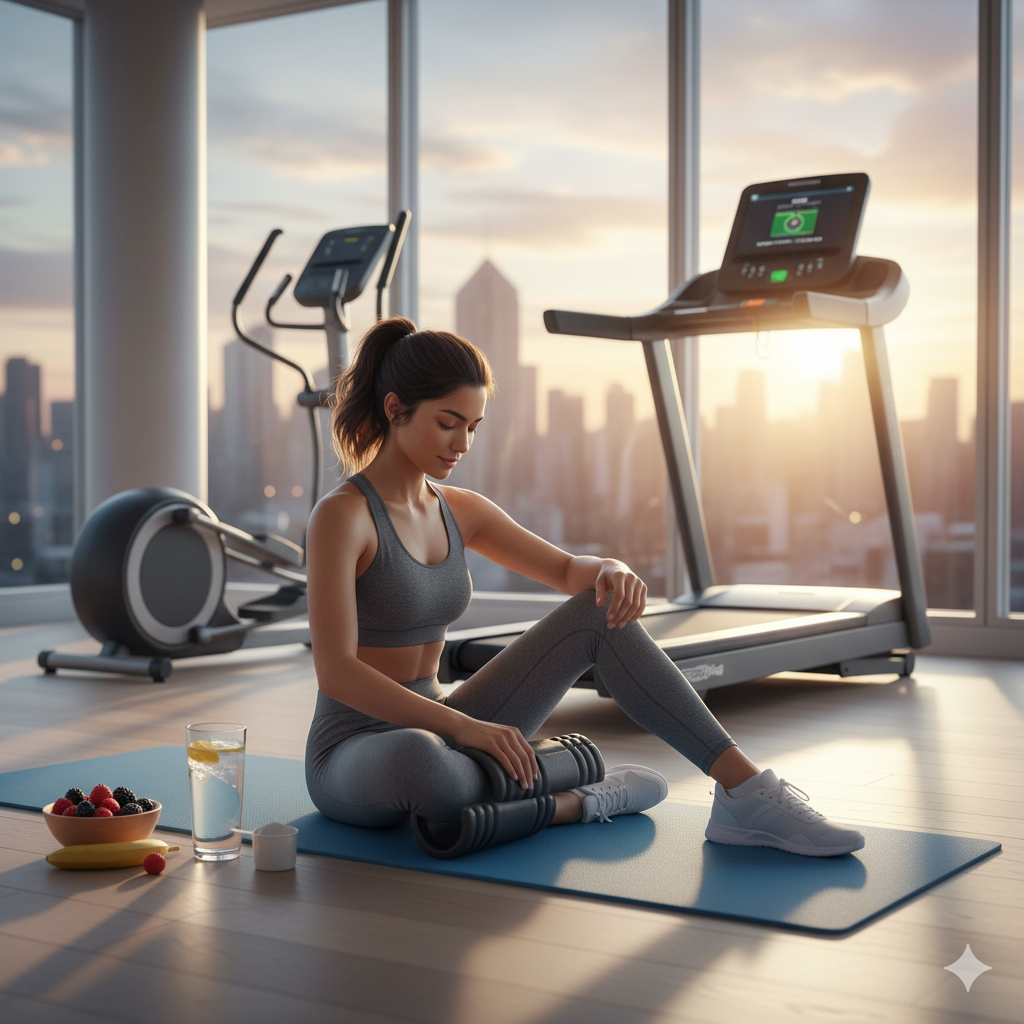You've just pushed your limits on your treadmill machine or glided through an intense session on your elliptical machine. Your heart rate is coming down, sweat is cooling, and the feeling of accomplishment is setting in. But the work isn't over. The period immediately following your cardio workout—your post-workout recovery ritual—is just as critical as the workout itself for optimising performance, preventing injury, and ensuring you're ready for your next session.
Neglecting recovery can lead to delayed onset muscle soreness (DOMS), fatigue, compromised immune function, and ultimately, hinder your progress. Especially after pushing your body on various cardio equipment, a structured recovery plan is essential.
1. The Immediate Cooldown: Don't Skip It!
Many exercisers make the mistake of jumping off their treadmill machines or elliptical machines and heading straight for the shower. A proper cooldown is vital for gradually returning your heart rate to normal, regulating blood flow, and preventing blood pooling in your extremities, which can cause dizziness.
-
Duration: Aim for 5-10 minutes.
-
Activity: Gradually decrease the intensity on your cardio machine. If you were running, transition to a brisk walk, then a slower walk. On an elliptical, reduce your speed and resistance.
-
Benefits: Helps flush out metabolic byproducts (like lactic acid) and prepares your muscles for stretching.
2. Gentle Stretching & Mobility: Releasing Tension
After your cooldown, dedicating time to gentle stretching and mobility work can significantly improve flexibility and reduce muscle stiffness. Focus on the major muscle groups used during your cardio session.
-
Legs: Hamstrings, quadriceps, glutes, and calves. Use stretches like hamstring curls, quad stretches, glute bridges, and calf raises.
-
Hips: Hip flexors (often tight from prolonged sitting or running).
-
Upper Body: If you used an elliptical, include stretches for your chest, back, and shoulders.
-
Technique: Hold each stretch for 20-30 seconds, breathing deeply. Avoid bouncing. Foam rolling specific areas can also be highly beneficial for myofascial release.
3. Replenish & Rehydrate: The Golden Hour
What you consume immediately after your workout is crucial for recovery. This "golden hour" post-exercise is when your body is most receptive to nutrient uptake.
-
Rehydrate: Your body loses significant fluids and electrolytes through sweat during cardio. Start by drinking water, but for intense sessions or heavy sweaters, an electrolyte-rich sports drink or coconut water can help replenish vital minerals. Aim to consume 1.25 to 1.5 litres of fluid for every kilogram of body weight lost during exercise.
-
Refuel (Carbohydrates): Cardio depletes your glycogen stores (your body's primary energy source). Consuming easily digestible carbohydrates within 30-60 minutes post-workout kickstarts the replenishment process. Examples: fruit (dates, banana), whole-grain toast, rice, or a carb-rich recovery drink.
-
Repair (Protein): Protein is essential for muscle repair and growth. Aim for 20-30 grams of high-quality protein post-workout. Examples: lean chicken, fish, eggs, Greek yogurt, or a whey protein shake.
-
Combination: The ideal post-workout snack or meal combines both carbohydrates and protein in a 3:1 or 4:1 ratio for optimal recovery.
4. Active Recovery & Rest: Listening to Your Body
Recovery isn't just about what you do immediately after; it's about what you do in the hours and days following.
-
Active Recovery: On rest days, engaging in light activities like walking, gentle swimming, or yoga can promote blood flow, reduce soreness, and aid recovery without adding significant stress.
-
Quality Sleep: Sleep is perhaps the most underrated recovery tool. It's during deep sleep that your body releases growth hormone, repairs tissues, and consolidates memories. Aim for 7-9 hours of quality sleep per night.
-
Listen to Your Body: Pay attention to signs of overtraining, such as persistent fatigue, decreased performance, elevated resting heart rate, or irritability. Don't be afraid to take an extra rest day when needed.
5. Nutrition Beyond the Post-Workout Meal: The Bigger Picture
While the post-workout meal is important, overall daily nutrition plays a foundational role in recovery and performance.
-
Balanced Diet: Ensure your diet is rich in whole foods, including fruits, vegetables, lean proteins, whole grains, and healthy fats. These provide essential vitamins, minerals, and antioxidants to support recovery and reduce inflammation.
-
Anti-Inflammatory Foods: Incorporate foods known for their anti-inflammatory properties, such as berries, leafy greens, fatty fish (rich in Omega-3s), turmeric, and ginger.
By implementing a comprehensive post-workout recovery ritual, you're not just recovering; you're actively enhancing your body's ability to adapt, grow stronger, and perform better in every subsequent session on your cardio equipment. It's the secret ingredient to long-term fitness success.
Frequently Asked Questions (FAQs)
Q1: Do I need a sports drink after every cardio workout on my treadmill machine?
A: Not necessarily. For workouts under 60 minutes and moderate intensity, plain water is usually sufficient. Sports drinks are more beneficial for longer, more intense sessions (over an hour) or if you're a heavy sweater, as they replenish electrolytes and carbohydrates more effectively.
Q2: What's the best way to deal with muscle soreness after using my elliptical machine?
A: Delayed onset muscle soreness (DOMS) is common. To alleviate it, focus on active recovery (light activity like walking), gentle stretching, foam rolling, adequate hydration, and a diet rich in protein and anti-inflammatory foods. Hot baths or showers can also provide temporary relief.
Q3: How long should I wait to eat after my cardio workout?
A: Aim to consume a combination of carbohydrates and protein within 30-60 minutes after your workout. This "golden hour" is when your muscles are most receptive to replenishing glycogen stores and initiating repair.
Q4: Is stretching before or after cardio more important?
A: Both have their place. Dynamic stretching (e.g., leg swings, arm circles) is beneficial before cardio to warm up muscles and improve range of motion. Static stretching (holding a stretch) is generally more effective after cardio when muscles are warm and pliable, as it helps improve flexibility and reduce stiffness.
Q5: Can I skip the cooldown if I'm short on time?
A: While it might seem like a time-saver, skipping the cooldown is not recommended. A proper cooldown gradually brings your heart rate down, prevents blood pooling, and helps flush out metabolic byproducts. Even 3-5 minutes of light walking on your treadmill or elliptical is better than nothing.

